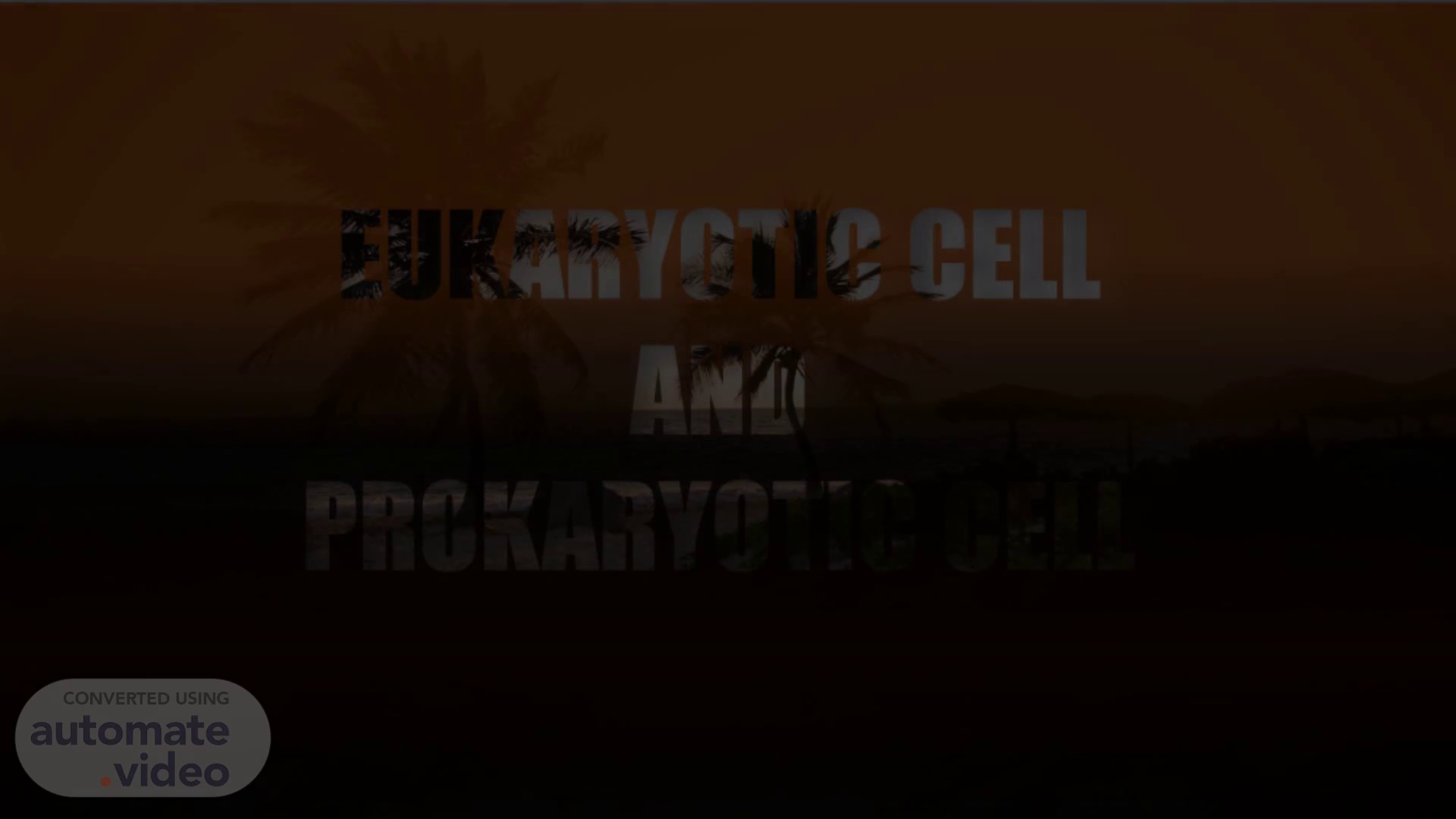
Page 1 (0s)
undefined. CELL.
Page 2 (7s)
undefined. undefined. Acknowlwdgement. I would like to express my sincere gratitude to all those who helped me complete this project successfully. First and foremost, I would like to thank my Subject teacher, (SWATI BASU), for their constant support, valuable guidance and encouragement throughout the process. I would also like to extend my thanks to our school principal, (MADHUMITA MANNA), for providing all the necessary facilities required for this project. Finally, I would like to thank my family who motivated me and boosted my morale when I was stressed.
Page 3 (34s)
undefined. all plasmid pili capsule Rough endoplasmic reticulum Flagellum Not in most Lysosome plant cells Centriole Peroxisome Microtubule Intermediate filament Microfilament.
Page 4 (2m 45s)
Prokaryotic Cell Structure and Characteristics. Simplified Structure.
Page 5 (3m 25s)
Eukaryotic Cell Structure and Characteristics. Eukaryotic cells are the more complex and advanced type of cells, found in all multicellular organisms, including plants, animals, and fungi. These cells have a defined nucleus, which contains the genetic material, and various membrane-bound organelles, such as mitochondria, endoplasmic reticulum, and Golgi apparatus, that perform specialized functions within the cell..
Page 6 (3m 58s)
Structural Differences between Prokaryotic and Eukaryotic Cells.
Page 7 (4m 36s)
Genetic Material and Replication in Prokaryotes and Eukaryotes.
Page 8 (5m 23s)
Reproduction in Prokaryotic Cells. 1. Binary Fission.
Page 9 (5m 56s)
Reproduction Strategies in Prokaryotes and Eukaryotes.
Page 10 (6m 41s)
Cell Division: Mitosis and Meiosis. 1. Mitosis. Cell division to produce identical diploid daughter cells.
Page 11 (7m 15s)
DNA Replication in Prokaryotes and Eukaryotes. DNA Replication in Prokaryotes.
Page 12 (7m 53s)
undefined. Cell Division in Prokaryotes and Eukaryotes.
Page 13 (9m 29s)
Metabolic Processes: Photosynthesis and Respiration.
Page 14 (10m 19s)
Adaptations and Specialization in Prokaryotes and Eukaryotes.
Page 15 (10m 52s)
endocytotic vesicle centrioles nucleolus nucleus 30. Golgi apparatus endoplasmic reticulum ribosomes cytoplasm mitochondrion lysosome nuclear membrane cell membrane.
Page 16 (11m 32s)
Birds Reptiles Mammals Amphibians c Fishes Bryozoans k Vertebrates Echinoderms on es Protozoans Arachni Mollus Brachiopod Land Plants Inse t cean Sea Worm Coelenterates Protophytes Protists.
Page 17 (12m 3s)
a. Importance of Understanding Cell Reproduction.
Page 18 (12m 37s)
Conclusion and Key Takeaways. Comprehensive Understanding.
Page 19 (13m 28s)
Conclusion and Key Takeaways. Comprehensive Understanding.